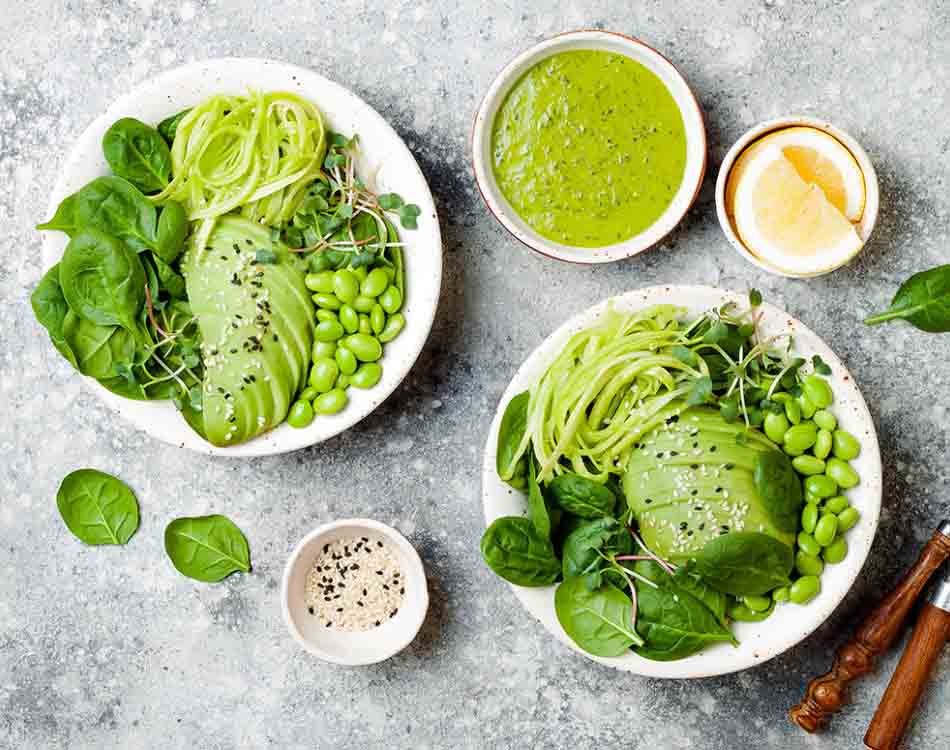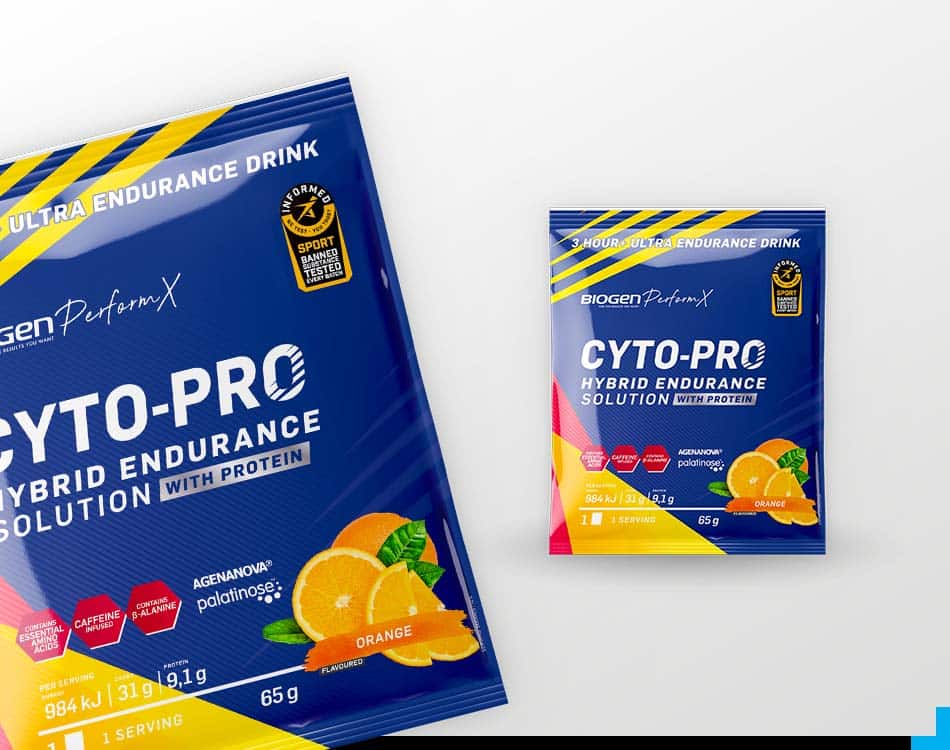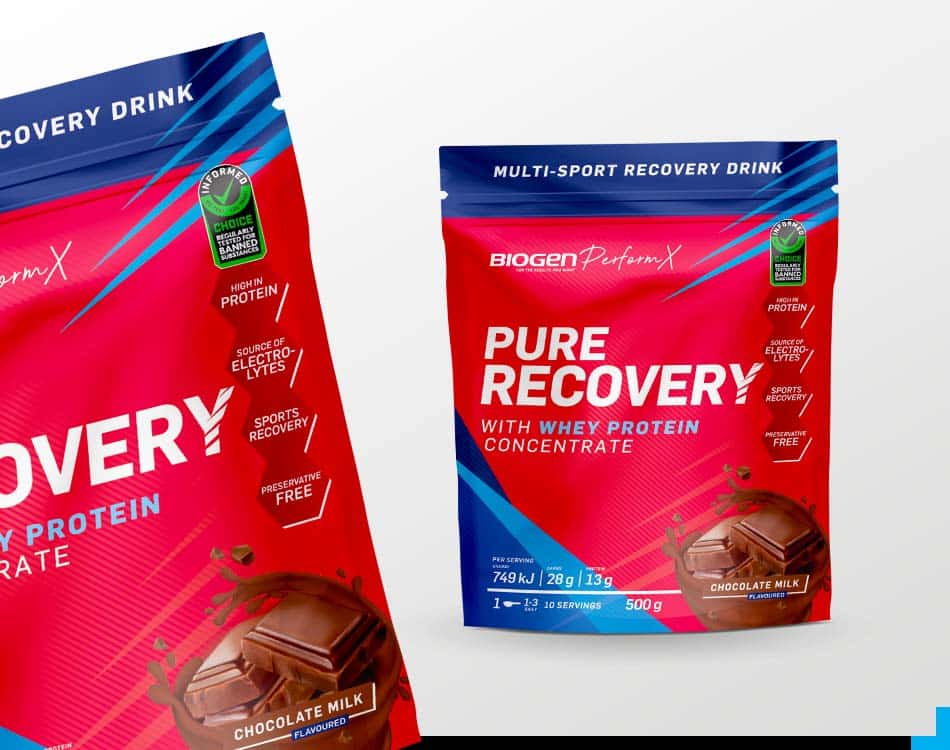Training for a marathon or ultra-marathon? You’ll want to include microgreens in your diet. Here’s why.
A large amount of calories are needed when you follow a high-intensity training program. You therefore want to include a mixture of high-calorie, nutrient-dense foods without necessarily increasing food volume, explains registered dietician Katherine Megaw.
“With microgreens you can get maximum nutrition with minimal volume which is ideal for runners who want to avoid that feeling of being too full before, during, or after training.”
The low-down on microgreens
Once used as fancy garnish on restaurants plates, microgreens are now celebrated and used for their high concentrations of nutrients – more than 40% more nutrients are recorded in these tiny sprouts compared to their older plant counterparts.
“This is because all the nutrients the plant requires to produce a lifetime of fruit and vegetable is contained in the first shoot” points out local producer Shaun Miller from Urban Micro Greens. In fact, research from the US Department of Agriculture Research Service found in a study conducted in 2014 that nearly all 25 variants of microgreens contained four to six times more vitamins and phytochemicals than mature leaves from the same plant.
The best microgreens for runners
“When it comes to training, too much fibre can cause bloating and requires more liquid intake,” advises Megaw. “Green leafy veg are high in fibre, which is great but to meet the nutrient requirements you would have to eat a large volume. Eating microgreen would allow the athlete to meet their nutrient requirements without excessive fibre volumes,” she continues.
“Garlic microgreens are nine times the deterrent of their mature counterpart,” she points out. “One study found that fenugreek microgreens increased sugar uptake in cells by up to 25-40% meaning for someone running a marathon they would have more efficient access to energy. So, if you are following a hectic training schedule be sure to include this variety in your diet.”
Where to find microgreens
Microgreens can be found mainly at organic markets and typically retail at approximately R25 to R35 per punnet. Miller says, depending on the season, you’ll find anywhere between 12 to 20 varieties. “Our produce is wholly organic and includes sunflower, black mustard, red radish, coriander, beetroot, tatsoi (an Asian green) and broccoli”. The company runs an online delivery service for Johannesburg residents.
“The mark of quality for microgreens is their crispness” points out Miller, commenting that one of the key challenges to providing a quality product has been the shelf life. The company follows an extensive process that thoroughly dries the plants after washing, before packaging in biodegradable plastic. “This gives the product a seven-day shelf life span when refrigerated” comments Miller.
Watch out for imitations
“Microgreens should not be confused with sprouts that are the shoots of legumes, beans, chickpeas and lentils”. Miller also cautions shoppers to differentiate between products masquerading as microgreens
“As soon a shoot starts growing the leaves for that particular plant, it starts to deplete it of nutrients.” This kind of product is called a baby leaf, and while it is also considered nutritious, it’s not as highly concentrated as a microgreen.
“The leaves you see on microgreens will always be two leaves opposite each other – these are the cotyledons, they are an embryonic leaf in seed-bearing plants, one or more of which are the first leaves to appear from a germinating seed. The first actual leaves of the plant will look nothing like the cotyledons you see on true microgreens.”

















Leave A Comment